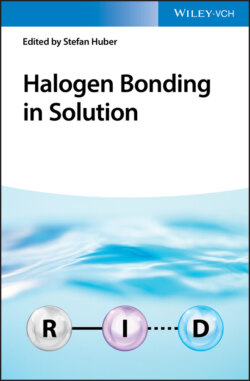Читать книгу Halogen Bonding in Solution - Группа авторов - Страница 39
1.5.3.3 Block Polymers
ОглавлениеBlock copolymers consist of two or more covalently linked polymers. The Taylor lab developed a reversible addition‐fragmentation chain transfer (RAFT) polymerization where amine acceptors were combined with iodoperfluorobenzene halogen bond donors, producing supramolecular diblock polymers with higher‐order sphere, vesicle, and rodlike structures [176]. Similar to hydrogen bonding supramolecular diblock polymers, these formations were also highly solvent dependent. Further developments to these systems revealed that well‐defined inverted vesicle morphologies could be facilitated by the hydrophobicity of the halogen bond [185].
Triblock terpolymers are another class of polymer that can form microparticles with more functional domains than diblock polymers. However, strategies to predict how triblock terpolymers assemble are in their infancy. Quintieri et al. first developed ABC 3D styrene‐based triblock terpolymers utilizing the halogen bond [186]. In this study, a variety of hydroxy hydrogen bond and perfluoroiodobenzene halogen bond donors were used to form microparticles under confinement (Figure 1.20a). Interestingly, the particles formed either lamella–sphere or lamella–lamella morphologies based on the type of donor (Figure 1.20b). In general, weaker hydrogen or halogen donors lead to increased particle volume. Therefore, they found that both the donor strength and intermolecular packing interactions were important for the overall morphology of the nanoparticle.
